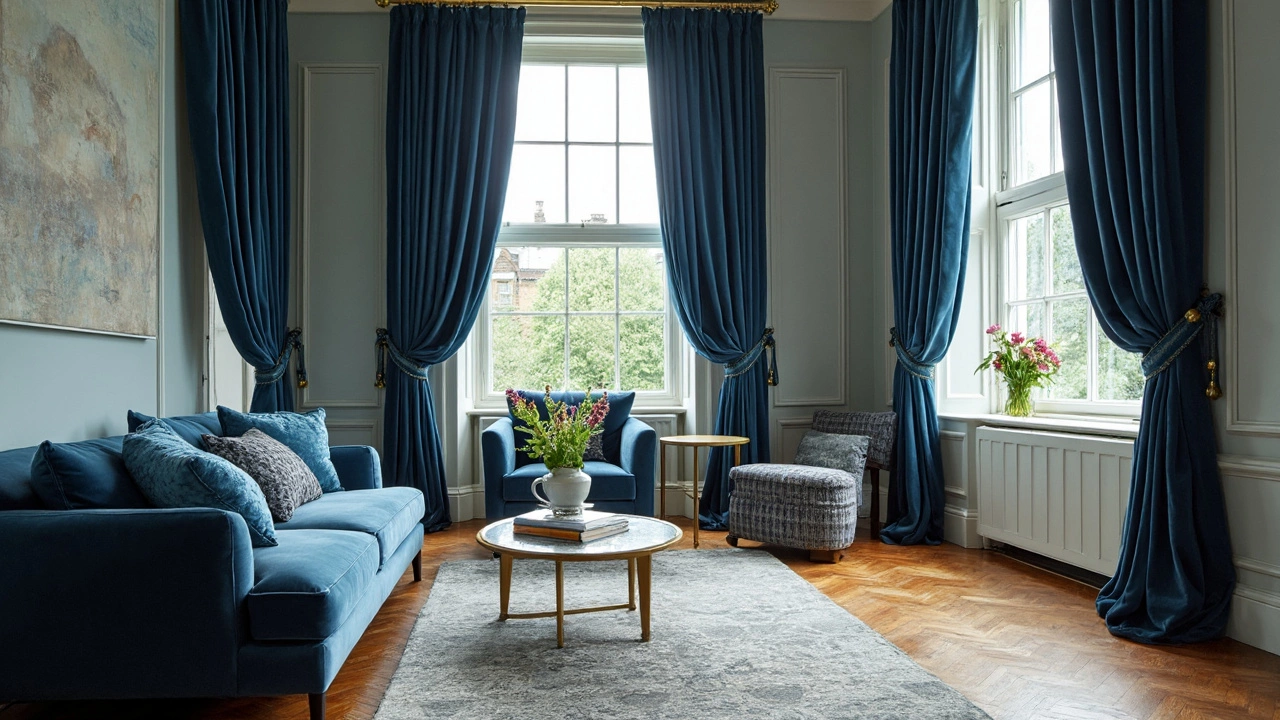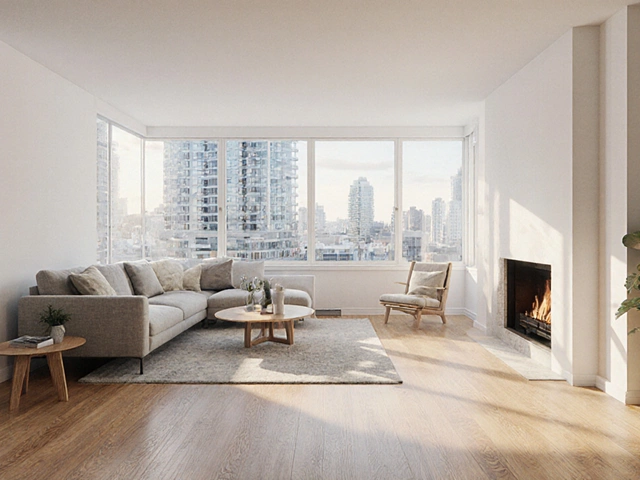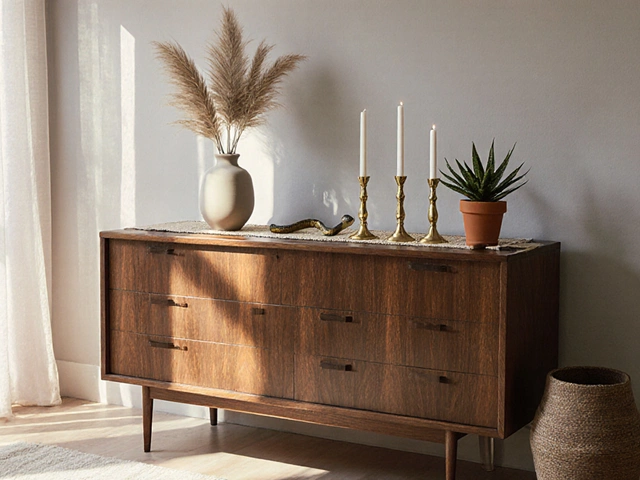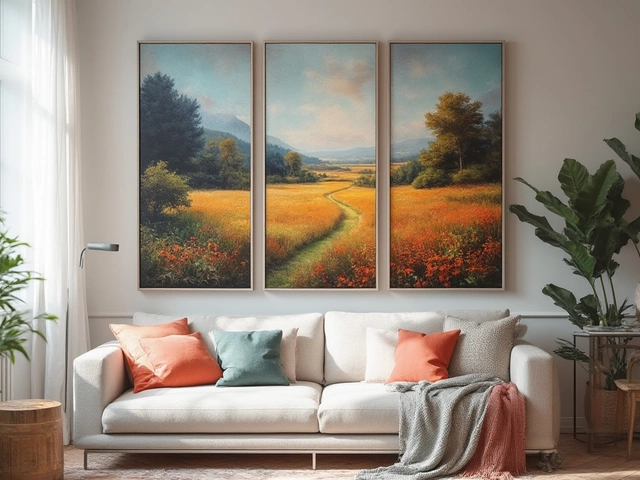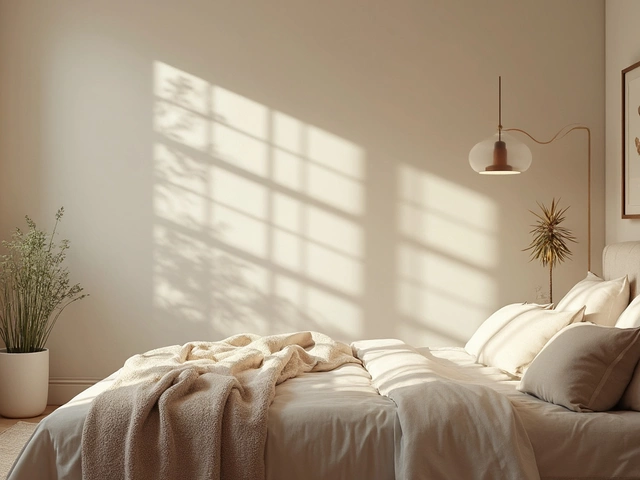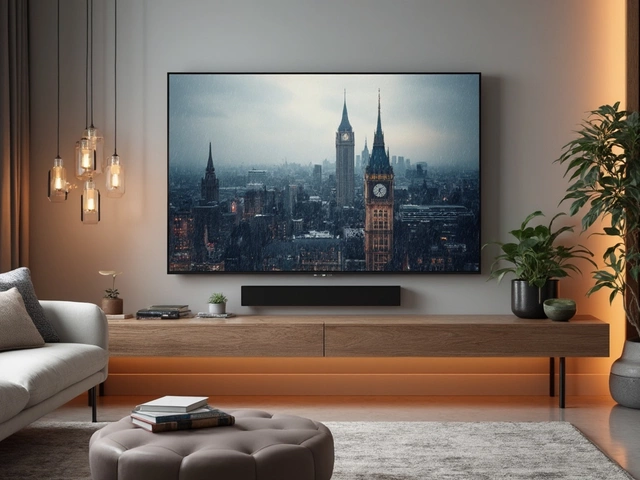If your curtains look a bit sad next to your furniture, you’re not alone. Good news: you don’t need custom drapes or a decorator’s budget to make cheap curtains look expensive. It all starts with how you pick, hang, and style them.
The first thing most people mess up is where and how they hang curtains. Did you know if you hang your rod a few inches higher than your window frame, it instantly makes your room feel taller? And if you let the curtains go past the window on both sides, the windows look bigger, too. One small change, total game-changer.
Don’t panic if your curtains came from a discount store. It’s less about price and more about choices: thicker fabrics, good hardware, and smart details. Even if you’re starting with what you’ve got, you can use a steamer to get rid of those budget store wrinkles—wrinkly curtains always look cheap.
And here’s a secret: Sometimes, adding a second curtain panel per side gives you that luxe, full look instead of sad, flat fabric. It’s the stuff fancy hotels do—and it actually works at home, too.
- Pick the Right Fabric
- Hang Them High and Wide
- Get Creative with Hardware
- Finishing Touches That Fool the Eye
Pick the Right Fabric
The fabric you pick does most of the heavy lifting when aiming for curtains that look expensive. Even if you scored them on sale, material makes or breaks the vibe. Cheap, see-through polyester just screams bargain bin, while thicker, lined fabrics bring that high-end feel you see at resorts or fancy hotels.
Go for medium-to-heavyweight fabrics like cotton, linen, or even velvet. These fabrics hang better and look rich, even from across the room. Don’t be afraid of blackout or lined options either—they add weight, block out light, and make the panels drape nicely.
- Cotton: Super versatile and easy to clean. They don’t wrinkle as much and work well in most rooms.
- Linen: Linen curtains give that casual, high-end look. They wrinkle a bit, but it adds to the charm. Go for linen blends if you want fewer wrinkles but still want style points.
- Velvet: This one’s a power move. Velvet instantly adds drama and a luxe look. It works best for living rooms or bedrooms where you want a bit of wow factor.
Avoid shiny, satiny polyester. It’s tempting, but it looks fake and doesn’t age well. Also, keep an eye on texture. Matte finishes beat shiny ones every time for that designer look.
When it comes to patterns, subtle is king. Neutral tones, soft prints, or tone-on-tone patterns usually win out over bold colors, unless you’re going for a specific statement. You want them to highlight your window, not hijack it.
Some folks skip the lining to save cash, but lined panels always hang better and give you a double layer for privacy. Check this quick comparison:
| Fabric Type | Looks Expensive | Best for |
|---|---|---|
| Linen or Linen Blend | Yes | Living Room, Bedroom, Dining Room |
| Velvet | Yes | Bedrooms, Statement Windows |
| Cotton (Heavyweight) | Usually | All Rooms |
| Polyester (Shiny/Thin) | No | Not recommended |
| Blackout or Lined Panels | Yes | Bedrooms, TV Rooms |
If all else fails, double up the panels or add an inexpensive blackout liner behind your chosen fabric to fake that plush look. It’s a low-effort trick that makes a big difference, especially if you want your curtains to look like they actually belong in a designer catalog.
Hang Them High and Wide
This is the trick every pro knows but almost no one does at home: mount your curtain rod as close to the ceiling as you can—at least 4-6 inches above your window frame, or even higher if you have tall ceilings. Doing this frames your windows like those in magazines, making the whole wall look much taller.
Don’t just stop there, though. Extend your curtain rods a good 6-12 inches out past both sides of your window. This way, when you pull your curtains open, they aren’t covering the glass at all, tricking the eye and making your windows look much wider. You’d be surprised—the sweet spot for big, expensive-looking windows is just a longer rod and pulling your panels all the way out.
Here’s a quick guide for hanging:
- Measure up: Start your rod at least 4 inches above the frame. If you’ve got low ceilings, go higher—right under the crown molding if you have it.
- Go wide: Add at least 6-12 inches to each side of the window width for your rod length.
- Skip the short stuff: Always buy curtain panels that are long enough to just kiss the floor or lightly puddle on it. Curtains that dangle halfway down the wall look cheap, fast.
According to a recent survey by the Window Covering Manufacturers Association, 67% of interior designers agreed that improper curtain height is the #1 reason windows look off. Here’s a quick cheat sheet:
| Window Height (ft) | Rod Placement (inches above frame) | Rod Extension (inches past window) | Ideal Curtain Length |
|---|---|---|---|
| 4-5 | 4-6 | 6-8 | 84" |
| 5-6 | 6-8 | 8-12 | 96" |
| 6+ | 8-12 | 12+ | 108" or custom |
So, before you grab a drill, double-check your curtains and rods. This small move costs almost nothing but gives you that luxury look right away.
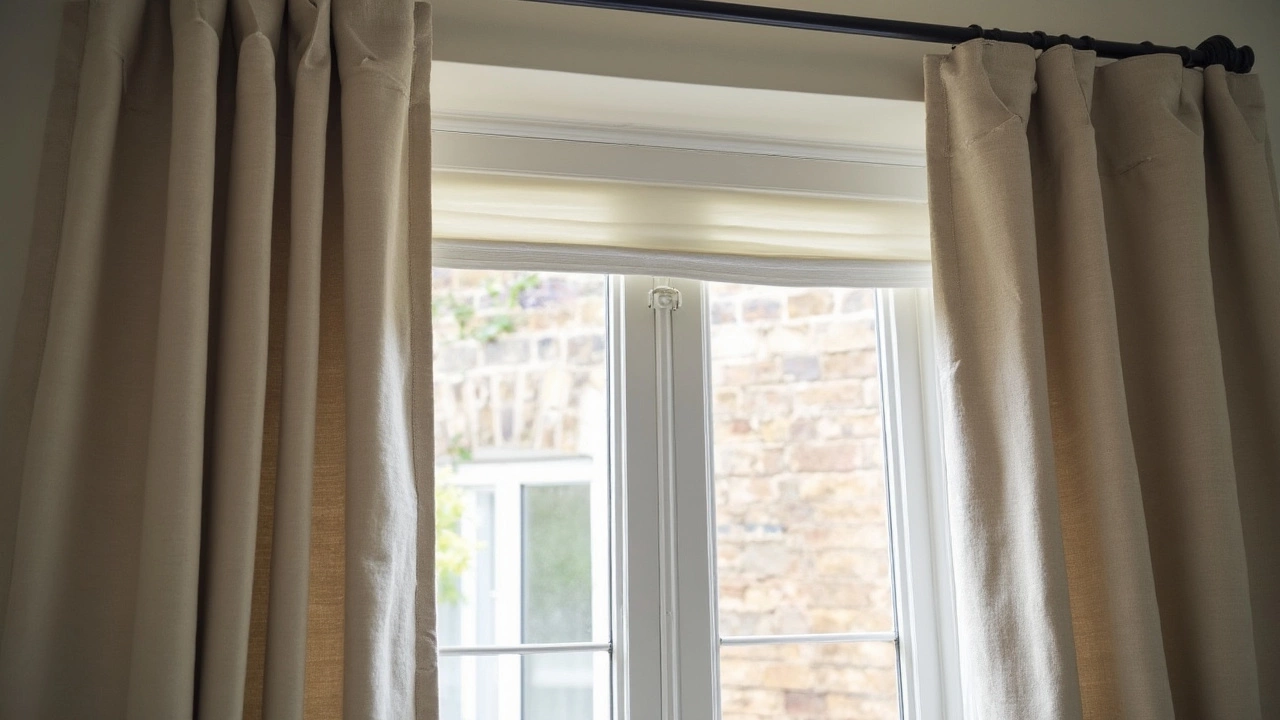
Get Creative with Hardware
People often forget how much the right curtain hardware can change the game. Those boring, skinny rods that come with blinds just don’t cut it. It’s all about swapping out the cheap, basic stuff for options that look solid and expensive—even if you’re shopping on a budget.
Think thicker rods in metallic finishes like matte black or brass. They instantly add weight and a custom-made vibe. Did you know that a 1-inch diameter rod usually looks best for most living room and bedroom setups? It’s thick enough to show up but not so heavy you’ll need industrial-strength wall anchors.
Want a quick upgrade? Try finials—the pieces at the end of the rod. There are tons of designs, from simple geometric shapes to vintage glass balls. Swapping these out can completely change the look without touching the curtains themselves.
Here’s another pro move: Use clip rings or curtain rings. They don’t just look polished—they make it easy to open and close the curtains smoothly. Plus, the drapes hang with those neat, even pleats you see in magazines. If you use curtains with ring hardware, they’ll look far pricier than panels hung through loops or a rod pocket.
- Skip plastic brackets; go for metal whenever possible.
- Don’t match everything—mixing metals like brushed nickel with black is trendy and modern.
- Hiding the hardware? Go for ceiling-mount tracks. It’s what high-end hotels use for a seamless look.
Here’s a quick look at how simple hardware upgrades stack up against standard setups:
| Hardware Feature | Standard (Cheap) | Upgrade (Expensive Look) |
|---|---|---|
| Rod Diameter | 0.5 inch | 1-1.25 inch |
| Rod Finish | Plastic/White Metal | Matte Black, Brushed Nickel, Brass |
| Finials | None or Plain Plastic | Metal, Crystal, Decorative |
| Brackets | Plastic | Sturdy Metal |
| Rings/Clips | None | Added, for Clean Pleats |
Don’t settle for whatever came with the window. With a little planning, your curtain hardware can do half the heavy lifting to make the entire room look put together.
Finishing Touches That Fool the Eye
It’s wild how much little tweaks can change how your curtains look—no shopping spree needed. Ever look at model homes or hotels and wonder why their windows look so good? Turns out, it’s all about faking it with smart finishing touches.
First, the hem matters way more than you think. Curtains that are too short instantly look cheap, almost like pants that are obviously too small. Aim for panels that just kiss the floor, or even better, have a half-inch “break” on the ground—right between barely touching and a soft puddle. You can sew, use iron-on hem tape, or even fake it with safety pins on the back if you’re in a rush.
If you haven’t steamed or ironed your curtains, do it. Wrinkles instantly scream "budget." This one step makes cheap fabric hang better and gives that more structured, custom feel.
The way you style your curtains when they’re open counts, too. Don’t just push them flat against the wall—use tiebacks or holdbacks to give shape, or fold the fabric into loose, even pleats. This “stacking” technique gets you those neat folds you see in magazines.
- Upgrade your hardware. Swap out thin, dinky rods for chunky ones, or at least paint your old rods matte black or brass—trend alert: chunky brass is everywhere right now.
- Add trim or borders. Buy a few yards of ribbon or fabric tape and glue or sew it along the edges. This takes five minutes but makes basic curtains feel custom-made.
- Hidden rings or clips. Hanging curtains from rings instead of sliding them onto the rod keeps the folds looking sharp. You can even clip the rings behind the header if you want that “floating” look.
Want numbers that prove these tricks work? According to a recent home stylist survey, 65% of people said floor-length curtains with a tailored hem look “triple the price” compared to short, wrinkled ones. Check out the quick visual below for some instant-boost stats:
| Trick | Perceived Value Increase |
|---|---|
| Hem at floor level | +40% |
| Trim or tape on edge | +25% |
| Chunky hardware | +35% |
| Steaming out wrinkles | +15% |
Stack two or three of these moves together and suddenly, people start asking where you got your curtains—and that’s always a good sign you nailed it.
